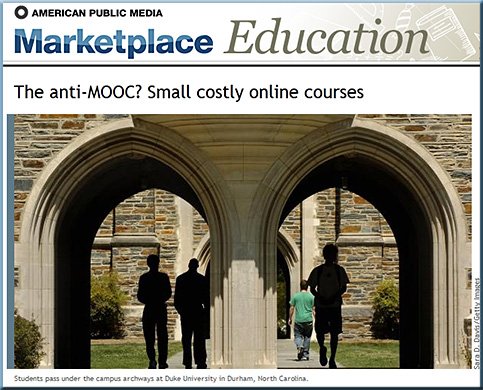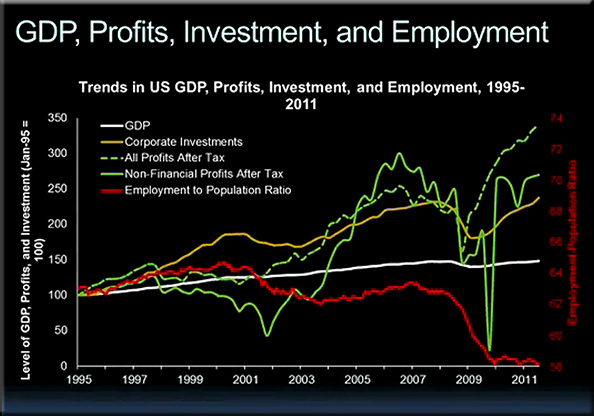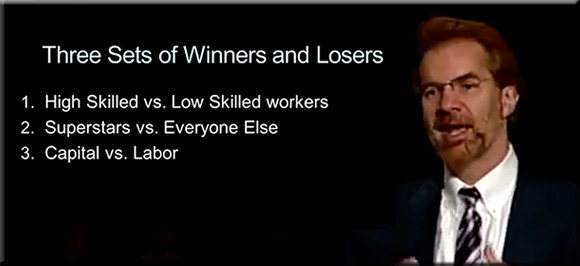Accreditation actions increased during financial downturn — from The Chronicle by Eric Kelderman
Excerpt:
“Not long ago, accreditation sanctions were rare. Now, in response to growing government criticism of poor disclosure about quality, pricing, and outcomes, as well as inefficient cost management, accreditors are taking more aggressive and quicker actions to bolster their role in demonstrating quality and performance standards in U.S. higher education,” the report says.
The main reasons for the actions are, not surprisingly, financial troubles for colleges struggling with endowment losses, cuts in state appropriations, and the growing institutional costs of student financial aid. But accreditors are also focusing more attention on outcomes, including assessing student learning and graduation rates, the report says.
From DSC:
If the public wants change in higher ed, I might suggest starting with changing who is on the accreditation teams. Historically speaking, things don’t seem to have changed that much with all insiders on these teams.
(I wondered when these agencies were going to start sensing some heat in their kitchens. If I could make at least one prediction for 2013, it’s that the temperatures in those kitchens are going to go up in 2013. I’ll probably make more predictions, but I think that one is low-hanging fruit!)









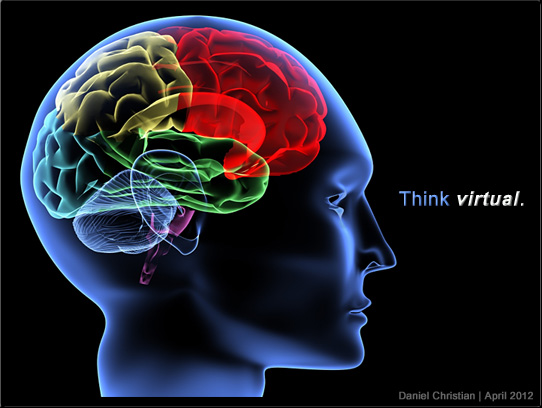

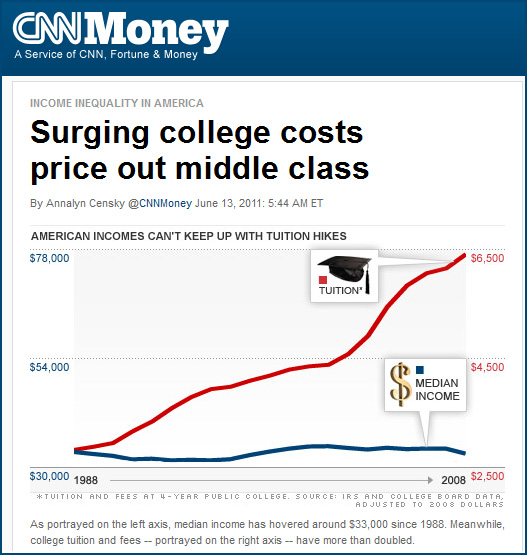
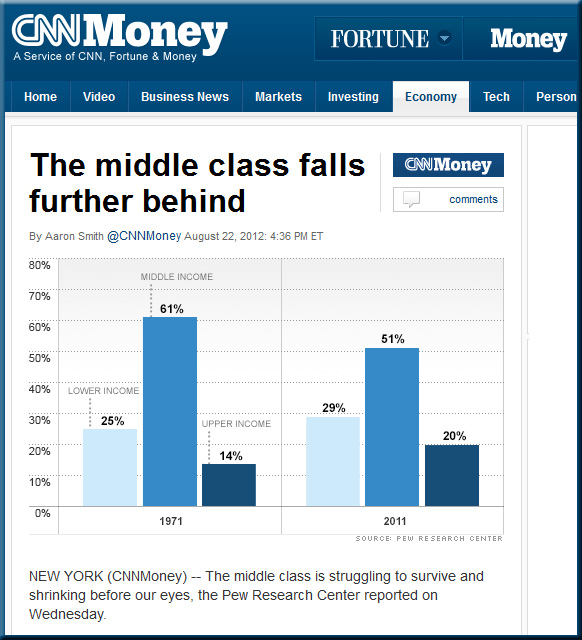
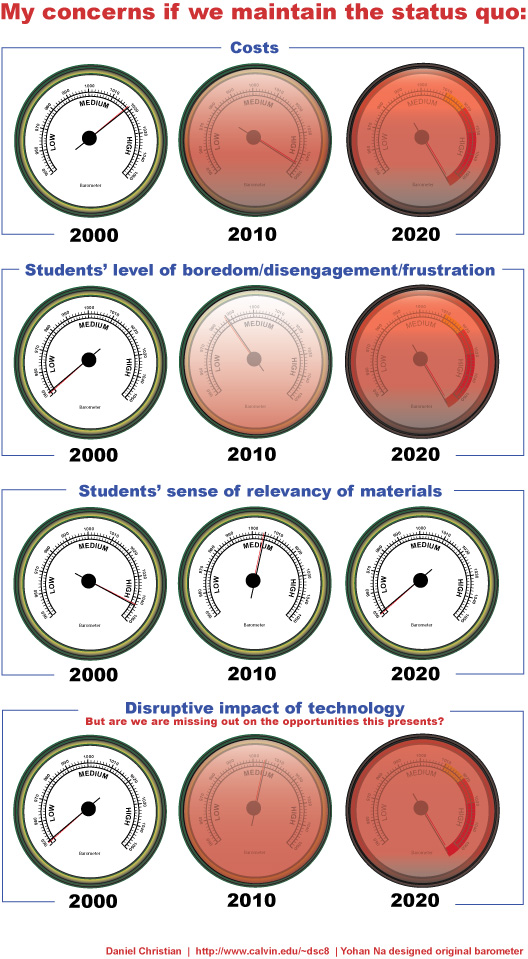

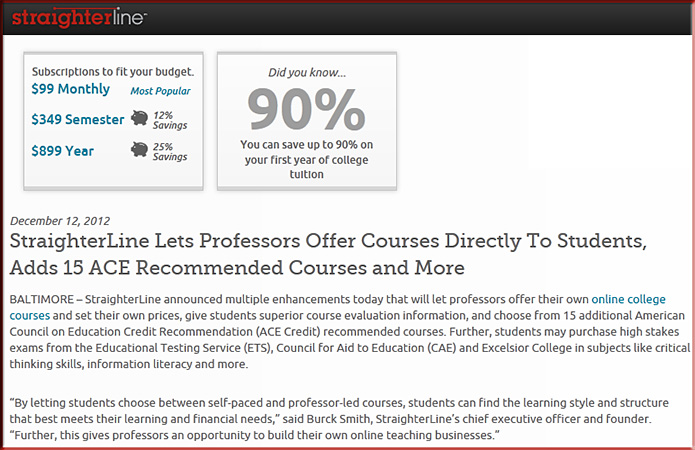
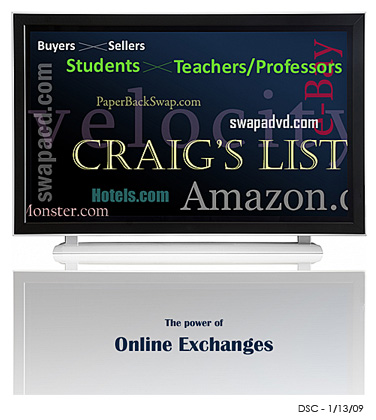
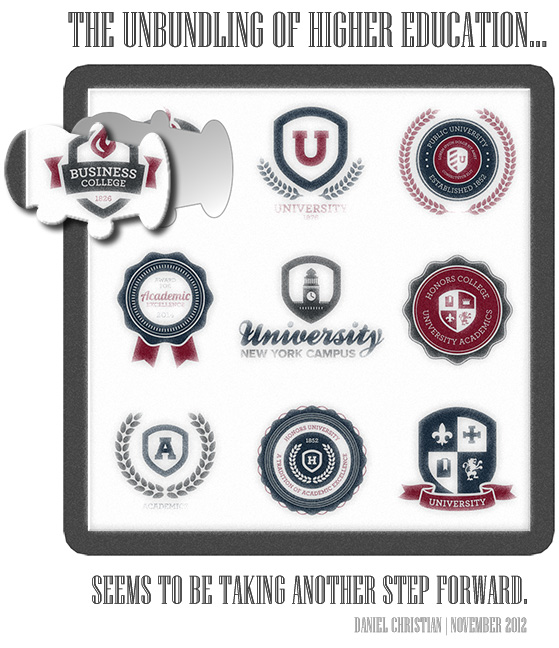

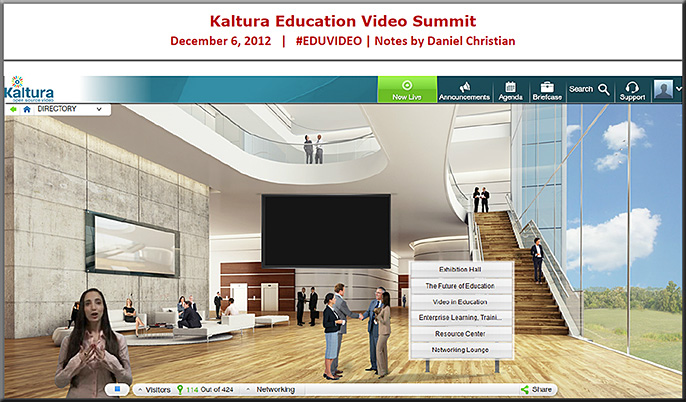


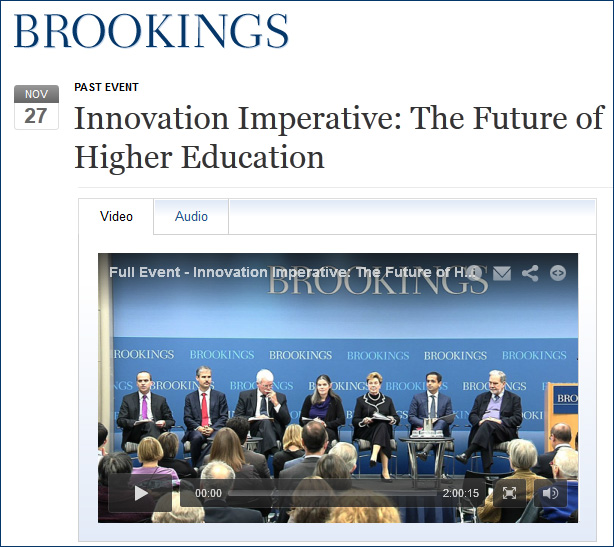
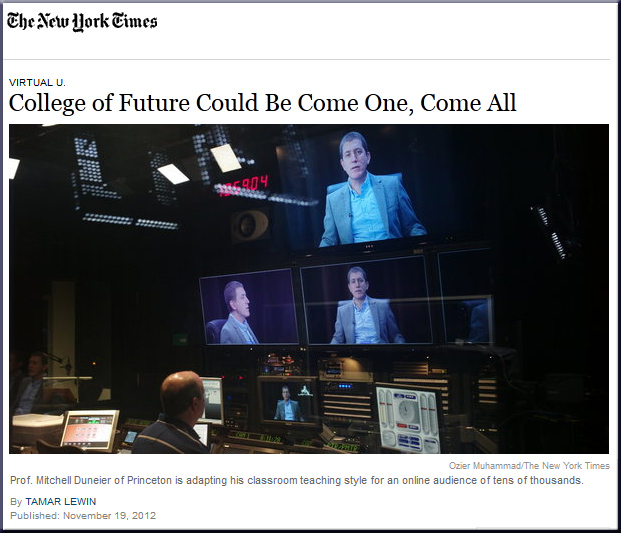
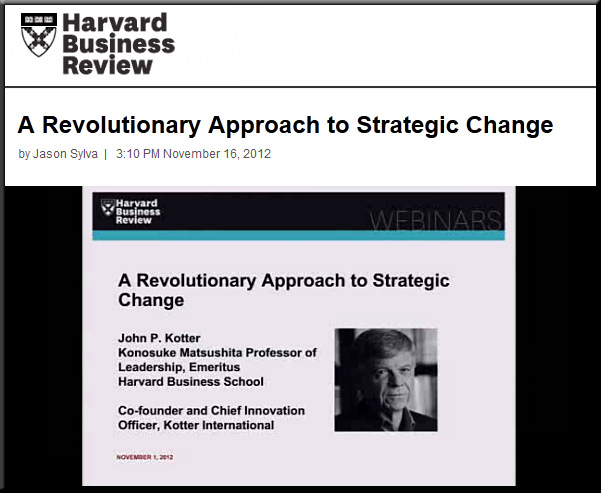
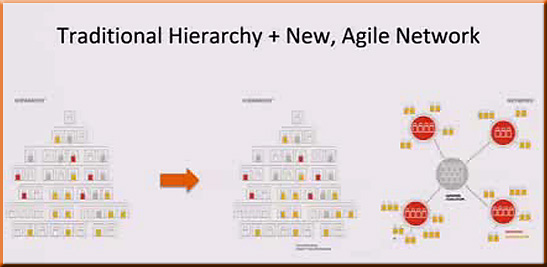
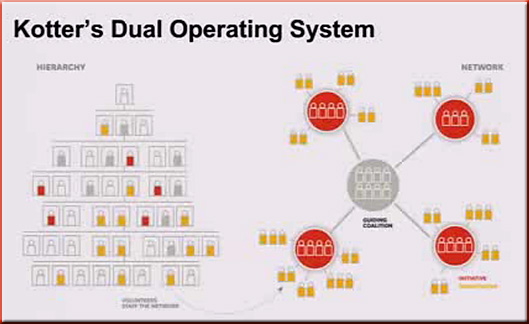



![The-Living-Class-Room-Daniel-S-Christian---July-2012 The Living [Class] Room -- by Daniel Christian -- July 2012 -- a second device used in conjunction with a Smart/Connected TV](http://danielschristian.com/learning-ecosystems/wp-content/uploads/2012/07/The-Living-Class-Room-Daniel-S-Christian-July-2012.jpg)
